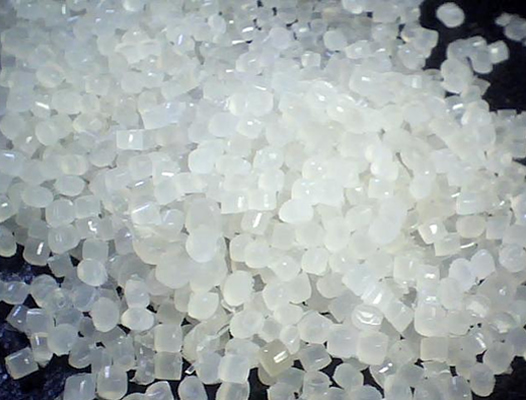PS – Polystyrene

Polystyrene is a polymer produced by polymerisation from the monomeric phase. It is derived from petroleum. It is mostly used with PS abbreviation in plastic industry. At room temperature, the polystyrene is a thermoplastic in solid form, but it is melted at high temperatures when processed by injection or extrusion. Then it is solidified again by cooling process.
Physical and Chemical Properties
Recycling code is 6. The density ranges from 1.03-1.06 g / ml. The maximum temperature resistance is 70 ° C. It is a multi purpose plastic that can be rigid and foam. Very hard, fragile and bright. It is a very inexpensive resin with a relatively low melting point. The polystyrene burns fast, emits strong gas odor, and produces a considerable amount of soot. Rapidly blister in an acetone environment. Good resistance to UV rays, good impact and tensile strength, low price and ease of processing. Also it shows superior resistance to acid alkali and salts.
Usage Areas
Plate applications, CD box, electrical equipments, home decoration products, cassettes, lamps, cosmetic product boxes, food packaging applications, TV panels, computer parts, stationery products, cups, spoons, forks, plates etc.
Crystal, antishock, and expanded foam types; various picnic items, yoghurt cups, stationery and gift items, video and tape cassettes, automotive parts, foam packaging and insulation materials production..
General Purpose
Crystal for injection and extrusion
Anti-shock
Sheet, profile etc.
Foam
For cups and packages
